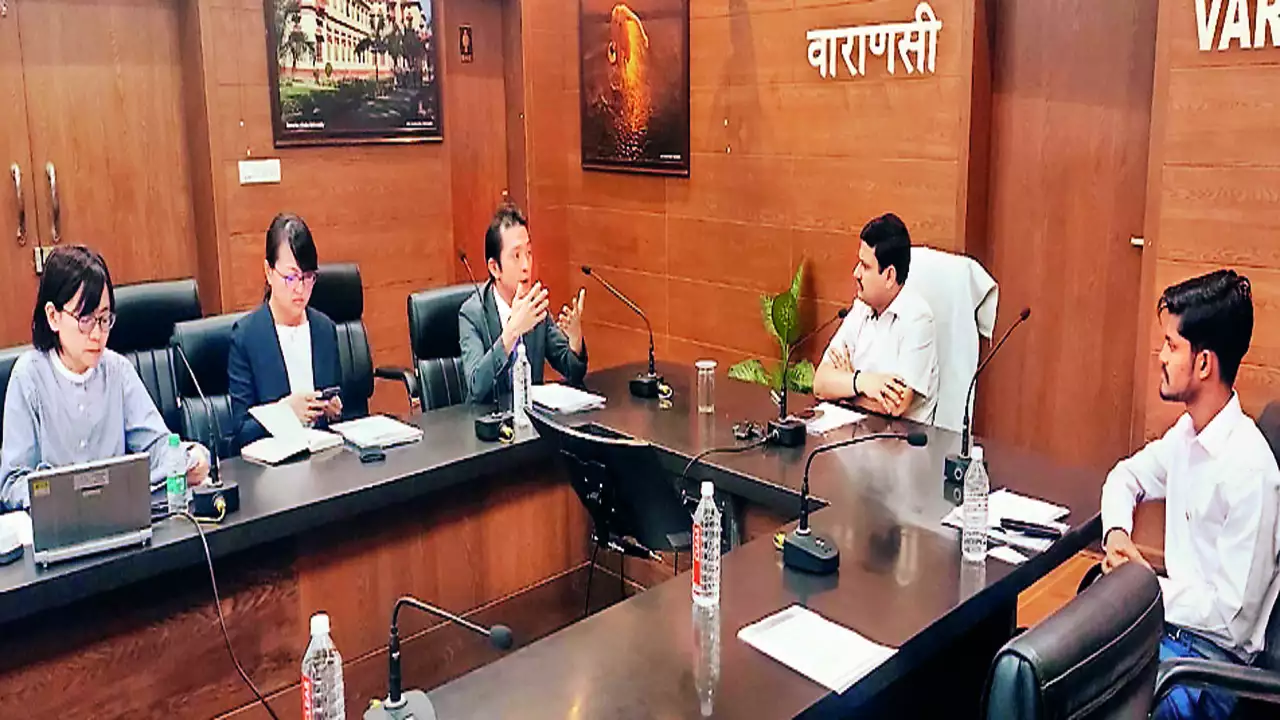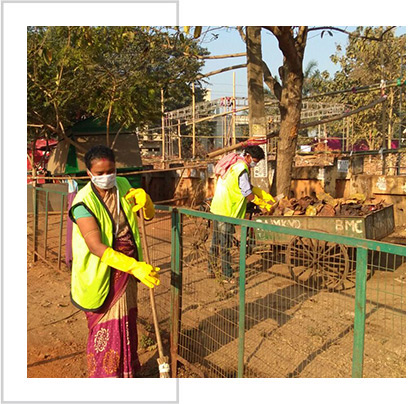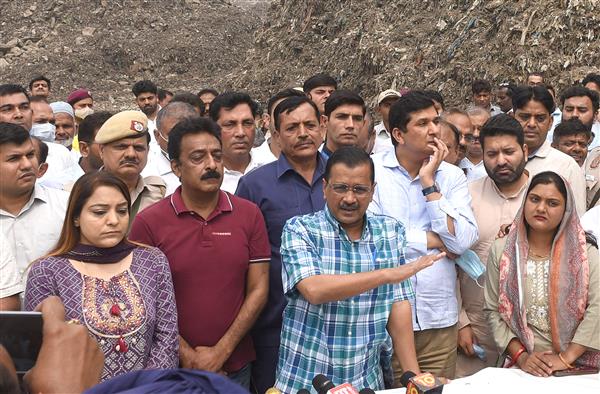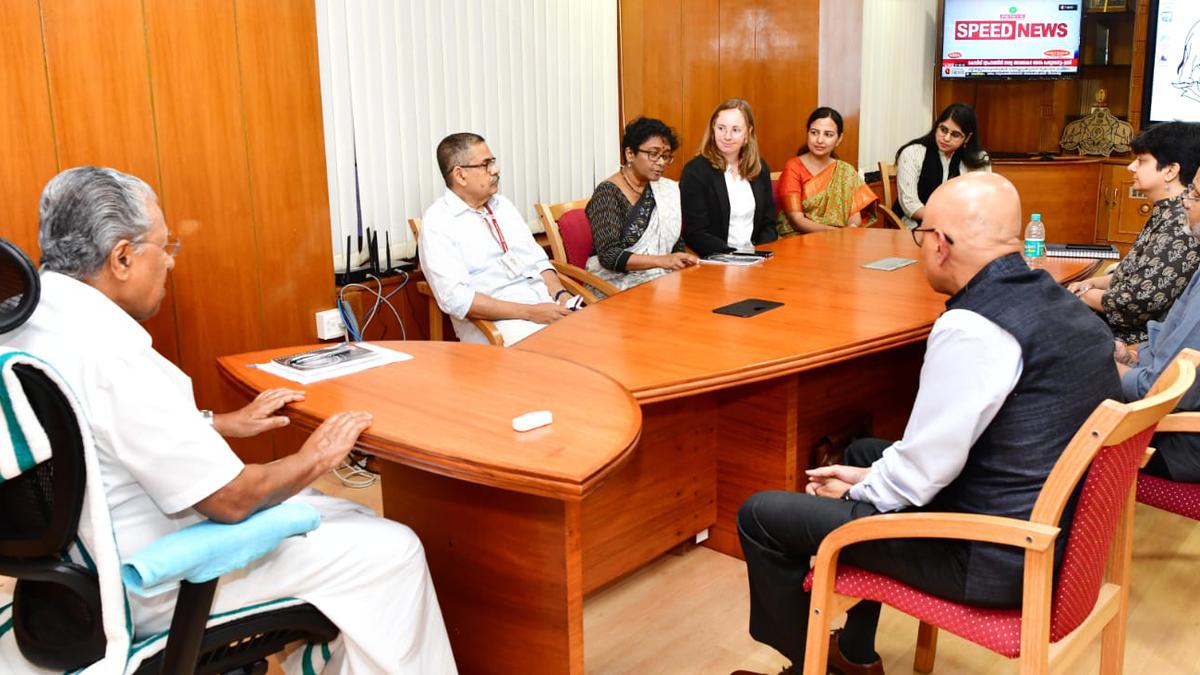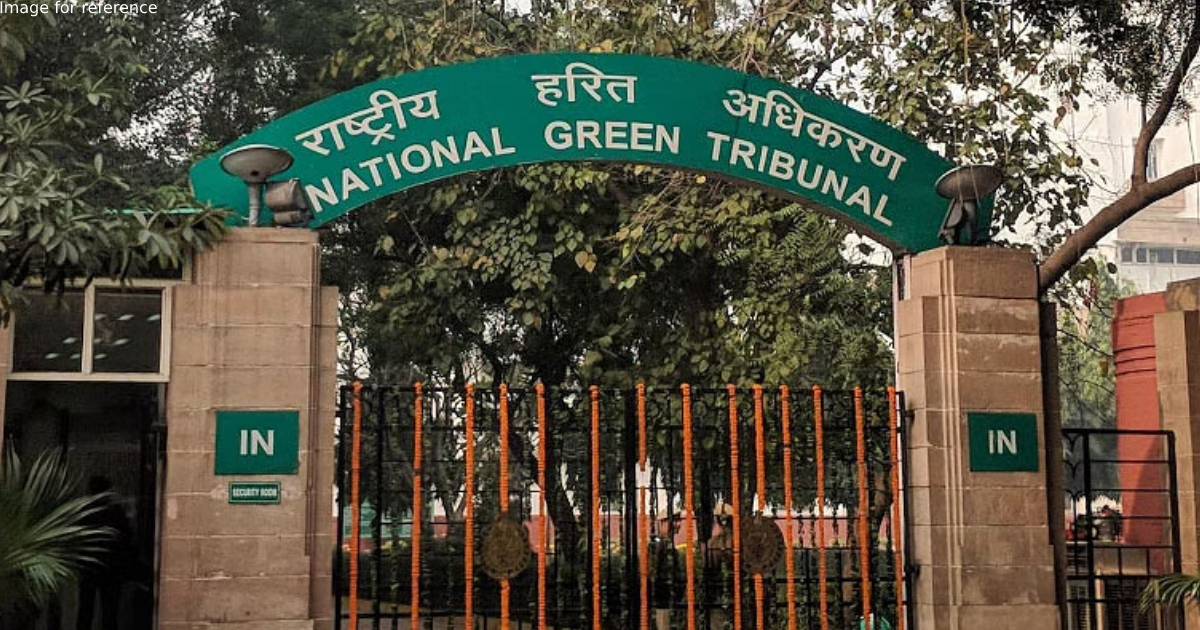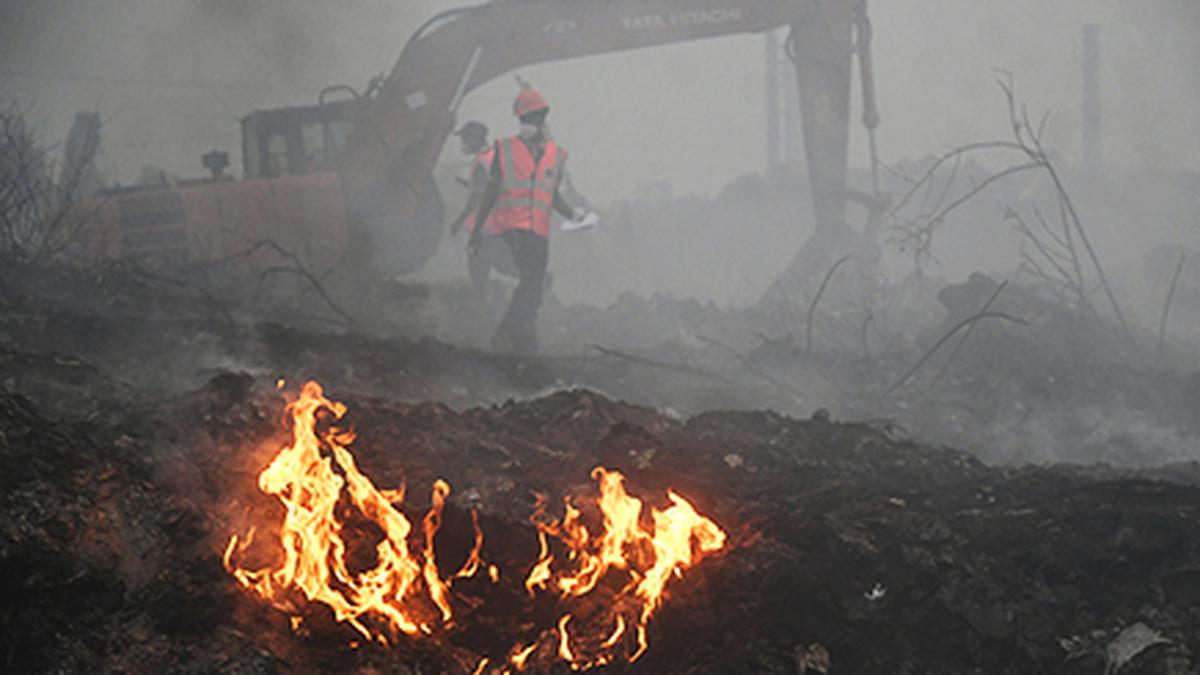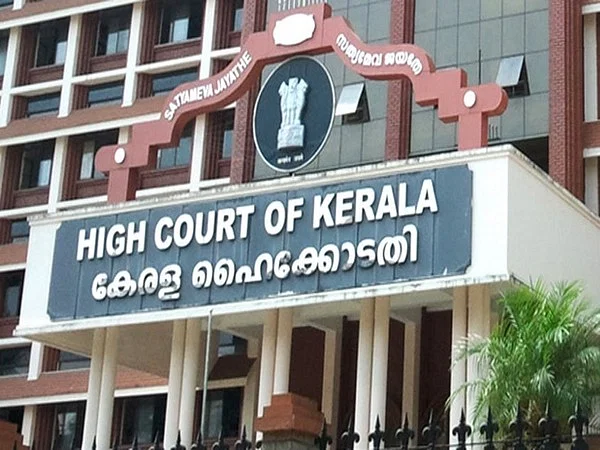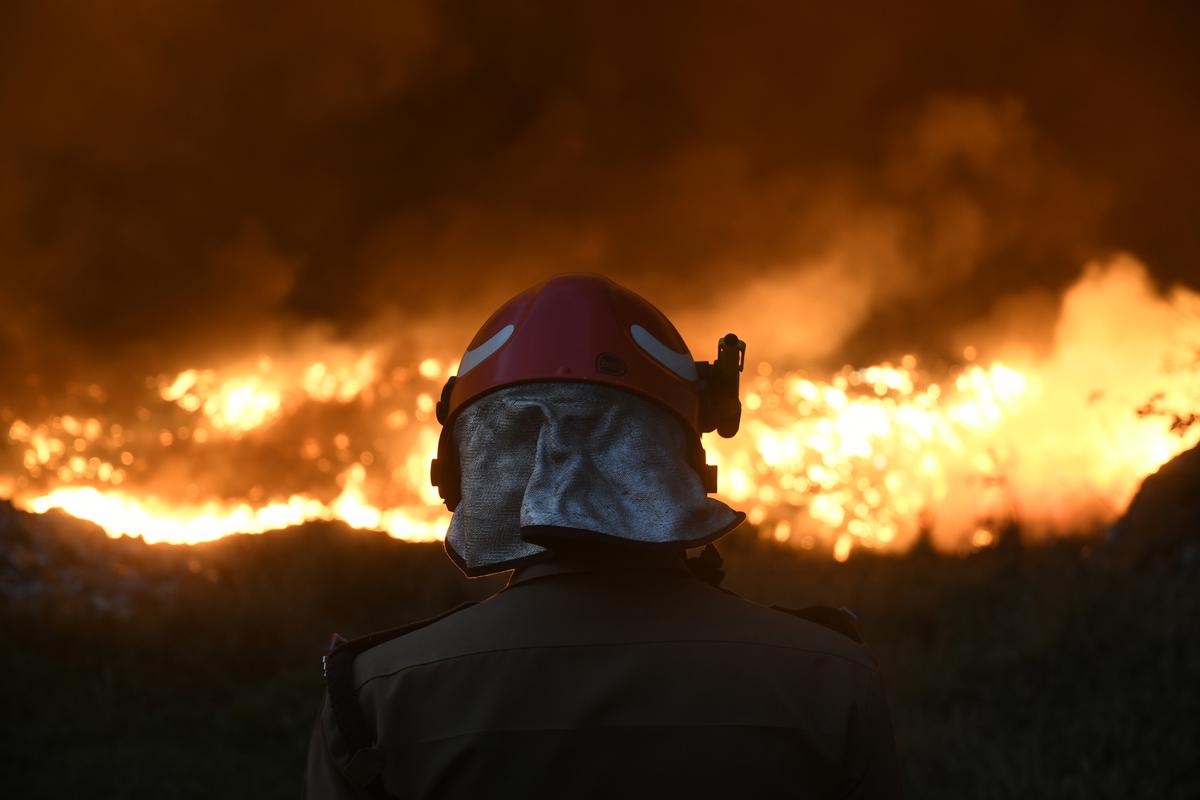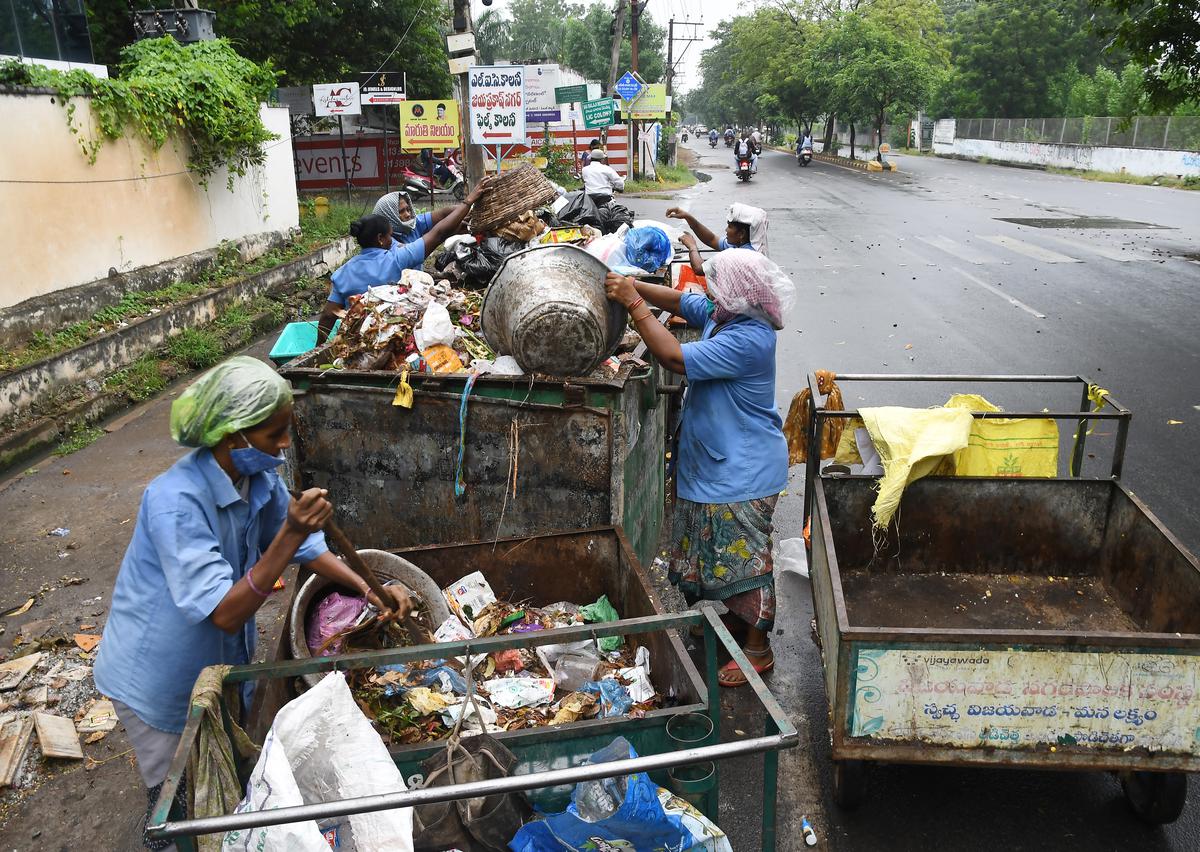To tackle challenges of increasing solid waste, the Japan International Cooperation Agency will suggest ways of waste management to the Varanasi Municipal Corporation based on the best practices followed in Japan as the per day average of solid waste generation of Varanasi has gone up to 700 metric ton as apart from locals a huge floating population of pilgrims and tourists are also contributing in waste generation. To discuss solid waste management, waste water treatment and recycling and drinking water distribution system with new revenue generation model, a joint coordination…
Read MoreAuthor: eawater
More manpower to be hired for solid waste management by Bhubaneswar Municipal Corporation
BHUBANESWAR: The Bhubaneswar Municipal Corporation (BMC) has decided to hire an additional 250 sanitation workers for solid waste management in the city. Applications from Mission Shakti groups, transgenders, self-help groups and other voluntary organisations have been invited. “The city’s population is increasing and we need more manpower to look after the solid waste management. We have published an advertisement asking the interest groups to apply. Those selected will be hired as Swachh Sathis and Supervisors. One Swachh Sathi is required for 600 households,” BMC deputy commissioner (sanitation) Suvendu Swain said…
Read MoreLandfill at Bhalswa to get cleared by March 2024
Delhi government is targeting the removal of 50 lakh metric tonnes (MT) of garbage from Bhalswa landfill by March next year, chief minister Arvind Kejriwal said on Thursday. Officials informed the CM that against an initial target to remove 6,500 MT of waste per day, 12,000 MT would be cleared daily. The CM, along with mayor Shelly Oberoi, reviewed the progress of work at the landfill, including the process of biomining and bioremediation of legacy waste. After taking note of the timelines of garbage processing operations, he walked up to…
Read MorePlastic recycling machines installed by JMC-H in the Walled city
Jaipur: To manage plastic waste better, Jaipur Municipal Corporation (JMC)-Heritage has now installed two plastic bottle recycling machines in the Walled City. Officials said, these machines crush the plastic and recycle them into pencil holders, examination boards, trays, coasters, decorative planters among other items. One machine has been installed at the entrance of the civic body’s office opposite Hawa Mahal and another near Indira Rasoi at Jal Mahal. Officials said that with increasing tourists, plastic bottle waste is a major problem which can be recycled using these machines. Munesh Gurjar,…
Read MoreKerala’s waste management programme to be funded by the World Bank
The World Bank will provide funding for the State government’s waste management programme in light of the landfill fire at Brahmapuram. In a meeting between Chief Minister Pinarayi Vijayan and World Bank officials, it was decided to immediately conduct a drone survey of all dumping yards in the State, following which a fire audit will also be conducted. A special team will be formed for this purpose. A solid waste management programme was earlier initiated with World Bank funding, from which funds will be utilised. The services of experts from…
Read MoreRs 100 crore environmental compensation levied on Kochi Municipal Corporation by NGT
The National Green Tribunal (NGT) has directed the Kochi Municipal Corporation in Kerala to pay an environmental compensation of Rs 100 crore for the damage to the environment because of its failure to handle solid waste. The NGT was hearing a matter in which it had initiated suo-motu (on its own) proceedings on the basis of a media report on an environmental emergency caused due to a fire at a dump site in Kochi. “We are conscious that an identical issue is being dealt with by the Kerala High Court,…
Read MoreFire at Brahmapuram waste treatment plant in Kochi raises a stink, Why ?
Seven days on, toxic fumes from the blaze continue to choke residents of Kochi and neighbouring Alappuzha even as corruption in the plant’s management is alleged Kochi is under watch as toxic emissions from the March 2 fire at the Brahmapuram waste treatment plant have reached as far as the neighbouring district of Alappuzha. The administration’s inability to contain the blaze at the plant, which is spread over 110 acres in the heart of the city, has put the spotlight on unscientific solid waste management. Kerala is highly literate but…
Read MoreKerala HC vows action on Brahmapuram’s solid waste crisis
KOCHI: With the Brahmapuram smoke literally choking the Kerala high court judge heading the bench hearing the suo motu PIL, the court on Tuesday vowed to bring about a change in the state at the grassroots-level by the World Environment Day (June 5) this year through strict implementation of Solid Waste Management and Handling Rules, 2016. Considering the PIL registered on the basis of a letter written to the chief justice by justice Devan Ramachandran, the bench that comprises justices SV Bhatti and Basant Balaji on Tuesday did not heed…
Read MoreBrahmapuram dumping yard : Major Fire breakout
A major fire broke out at the dumping yard of the Kochi Corporation at Brahmapuram on Thursday. Smoke that billowed out of the plant spread over Brahmapuram and Karimugal areas. Fire and Rescue Services personnel were deployed at the site to contain the fire that broke out around 4.30 p.m. Nearly 10 fire tenders from Thrikkakara, Eloor, Thripunithura, Gandhi Nagar, and Aluva were engaged in efforts to douse the flames. “We are facing hurdles in containing the fire as it had spread over mounds of waste. With the fire and…
Read MoreBuildings to ensure Net Zero waste mandatorily
Centre will issue a directive to State governments to incorporate the requirement in building bylaws as part of efforts to eradicate manual scavenging; it proposes to impose penalty for violations; mechanised sewerage important for achieving the Sustainable Development Goals All upcoming housing societies and commercial complexes in the country will soon mandatorily have to ensure net zero waste and have their liquid discharge treated, as part of the government’s push for reforming and modernising the sewage disposal system. Achieving net zero waste means reducing, reusing, and recovering waste streams (sludge) to…
Read More

